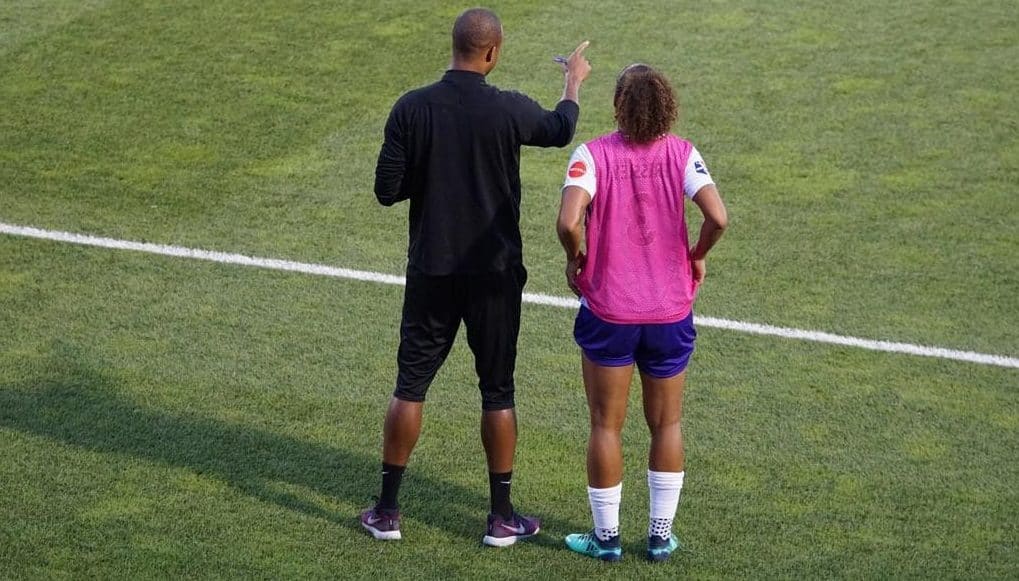By Bo Hanson – 4x Olympian, Coaching Consultant & Director of Athlete Assessments
There are many different learning strategies designed to help athletes develop. As a coach, what are your strategies? This article is a follow up from our article on the 11 Qualities of Optimal Learning Environments. In that article the fourth quality of an optimal learning environment was coaches providing multiple teaching and sports coaching methods to help their athlete’s progress. Learn more about the following methods in order to better communicate and educate your athletes.

Inquiry-based Learning
This method encompasses several approaches such as athletes being responsible for tackling real-world questions, issues and challenges within their team. They do so through the use of questioning, research and communication with internal and external experts in order to research, interview and seek real world solutions. This means moving beyond the sporting field to where different answers may lie.
Direct Instruction
This is the often purely relied on approach to coaching, where the coach gives direction and immediate guidance to the athlete. In this approach there is little athlete interaction or involvement beyond just doing what they coach suggests. This method is often used by Dominant (D) Style coaches.
Team Member Mentoring
This approach is especially useful where there exists a range of experiences within the athletic group. Experience is not confined by how long an athlete has played. Experience also incorporates relative skill and those who possess more skills in certain areas, can mentor other team members to improve also. Mentoring is also one of the best practice elements for Athlete Induction Programs.
Athlete as Coach
This is a great method for developing depth of skill and knowledge. To be a teacher, means you have to understand your material to a high degree. Asking an athlete to become the coach for a period of the practice means they firstly have to prepare to deliver a meaningful learning experience for their team members. It gives the athlete a higher reputation to live up to and an appreciation for any challenges the coach may be facing.
Real Time and Immediate Video Analysis
There still exists the need to conduct video sessions as a stand-alone session. Sometimes you simply require more time to get your message across. However, video is often under-utilized because it is not done in real time. With modern technology, athletes can be immediately given visual feedback and this can be acted upon. It only need be a 30 second snapshot of the key message you are trying to illuminate. This use of video is far more effective than waiting for a later time and then having a large gap between when the athlete can perform the improvements you desire. Video can also be cut up and sent to the athlete on their smart phones for reference when they choose. This enables the athlete to tailor their learning to suit their needs.
Where to from here?
We hope you found these sports coaching methods valuable. If you reflect on your own coaching what are your methods? By providing multiple methods you will be creating a holistic learning environment for your athletes to develop in.
If you enjoyed this article we also recommend our articles on Understanding and Using the Four Coaching Styles and the 11 Qualities of Optimal Learning Environments.
At Athlete Assessments, we’re here to provide you with excellence in service and here to help you be your best. If there is anything we can assist you with, please Contact Us.






2 thoughts on “Teaching and Sports Coaching Methods”
When was this article posted?
Hi Harley,
This article is from 2014!
Abby